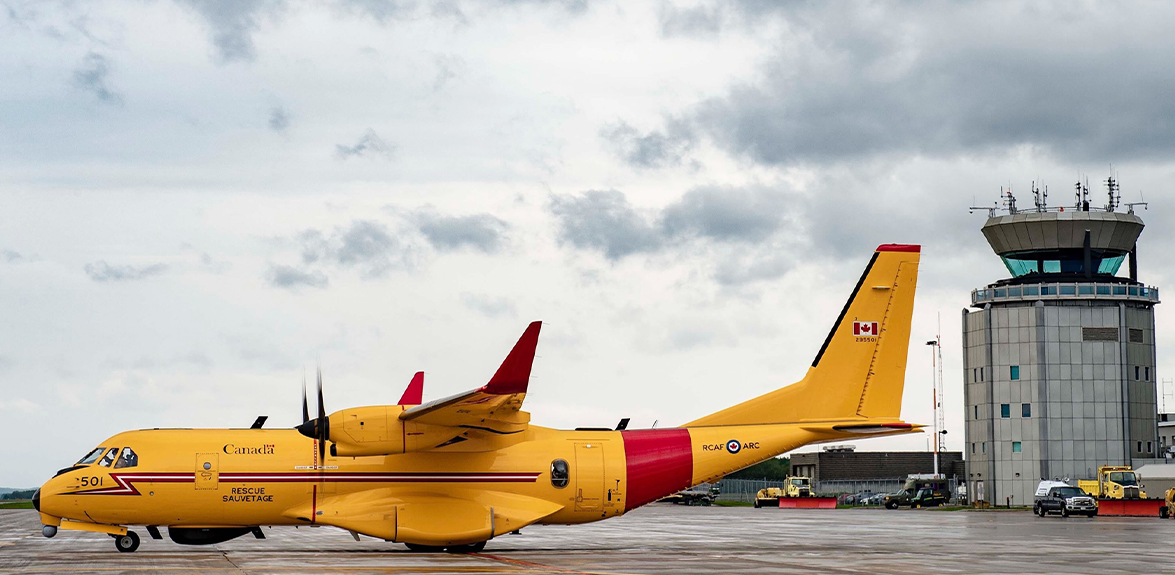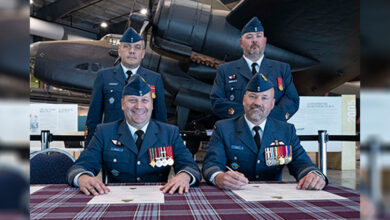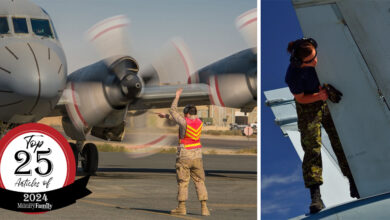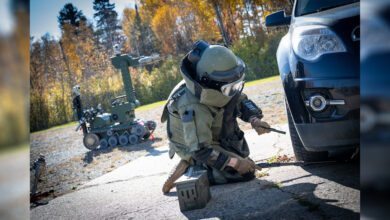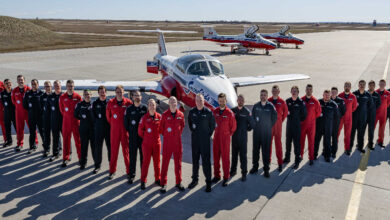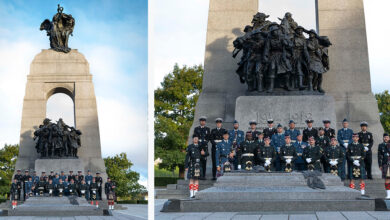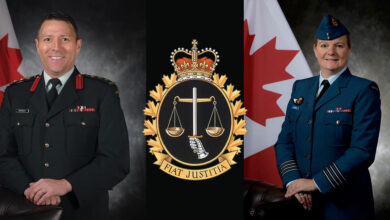Duty Calls
RCAF welcomes arrival of new fixed-wing search and rescue plane
Today, the RCAF marked the arrival of the first aircraft of its future fixed-wing search and rescue fleet.
“It is essential that our search and rescue crews have the modern and effective aircraft they need to carry out this critical work. I am thrilled at the arrival of this first CC-295 Kingfisher in Comox as it represents another successful milestone for this project, while also supporting our mission of being strong at home,” stated Harjit S. Sajjan, minister of national defence.
The new fleet will be called Kingfisher. Within the First Nations of the Northwest, the kingfisher has long been recognized for its speed and agility, as well as its keen searching and hunting skills. Found all across Canada, the kingfisher represents the abilities of Canadian Armed Forces Search and Rescue crews to accomplish their lifesaving role.
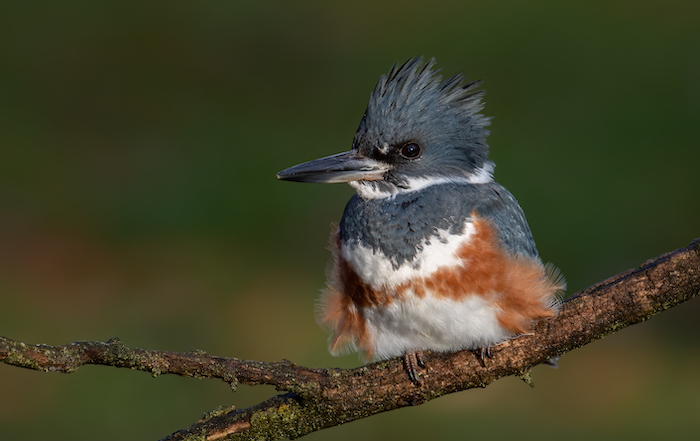
“The transition to the new fixed-wing search and rescue fleet is a tremendous opportunity for us and one that we take on with determination and pride,” Lieutenant-General Al Meinzinger, Commander of the Royal Canadian Air Force proudly stated.
Specifically designed to perform search and rescue missions across Canada, the aircraft is equipped with integrated sensors that will allow crews to locate persons or objects from more than 40 kilometers away, even in low-light conditions.
Its communications systems will increase interoperability with other search and rescue assets, such as the CH-149 Cormorant. The fleet of 16 aircraft will be replacing the CC-115 Buffalo and CC-130H Hercules fleets in their search and rescue role at four locations across Canada and represents a value of $2.4 billion.
This first aircraft, tail number 501, was formally accepted by Canada in Spain on December 18, 2019, and has now been delivered to Comox following additional testing and evaluations. A maintenance trainer aircraft arrived at 19 Wing Comox, B.C., in February 2020. This aircraft was disassembled upon arrival, and reassembled inside the new training centre.
During the transition period and while the CC-295 Kingfisher is being operationalized, fixed-wing search and rescue services will continue through existing fleets, along with the CH-149 Cormorant and CH-146 Griffon helicopters.
The press release noted Canada’s Industrial and Technological Benefits (ITB) Policy applies to the contract, ensuring that Airbus Defence and Space invests an amount equal to the value of the contract in the Canadian economy.
“Important economic benefits through the Industrial and Technological Benefits Policy are helping our economy to grow and move forward through this challenging time,” Navdeep Bains, Minister of Innovation, Science and Industry commented.
Significant high-value jobs have been and will continue to be generated from this contract with Canadian companies such as PAL Aerospace, Pratt and Whitney Canada, CAE, and AirPro.
Canadian company AirPro will provide day-to-day management of all in-service support for the provision of engineering, logistics, maintenance, training, IT systems, infrastructure, and materiel support throughout the contracted CC-295 life cycle.


